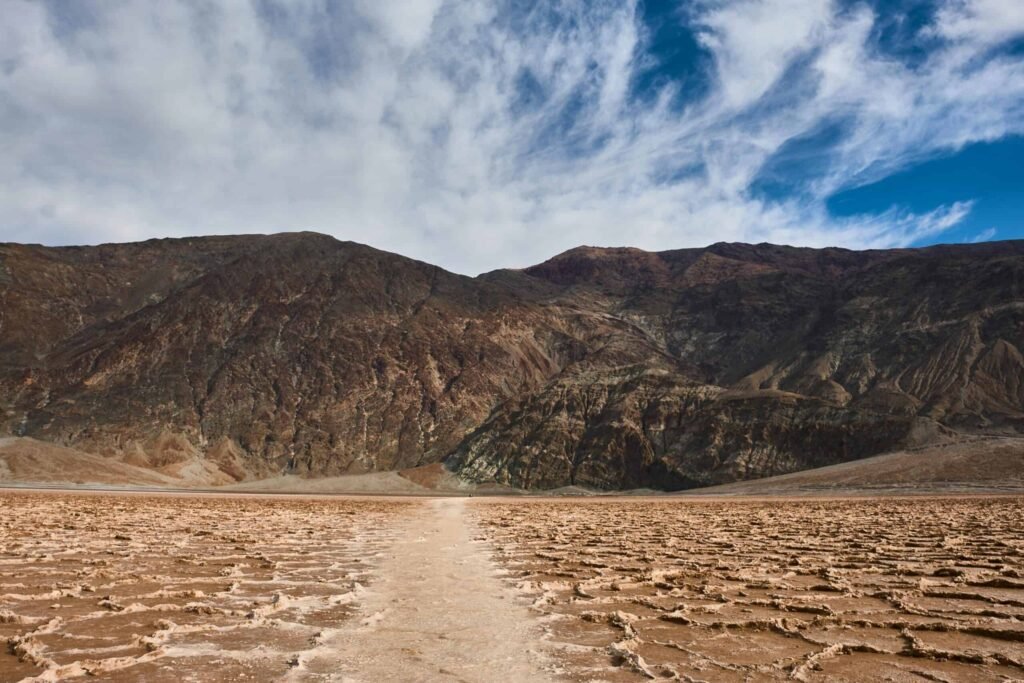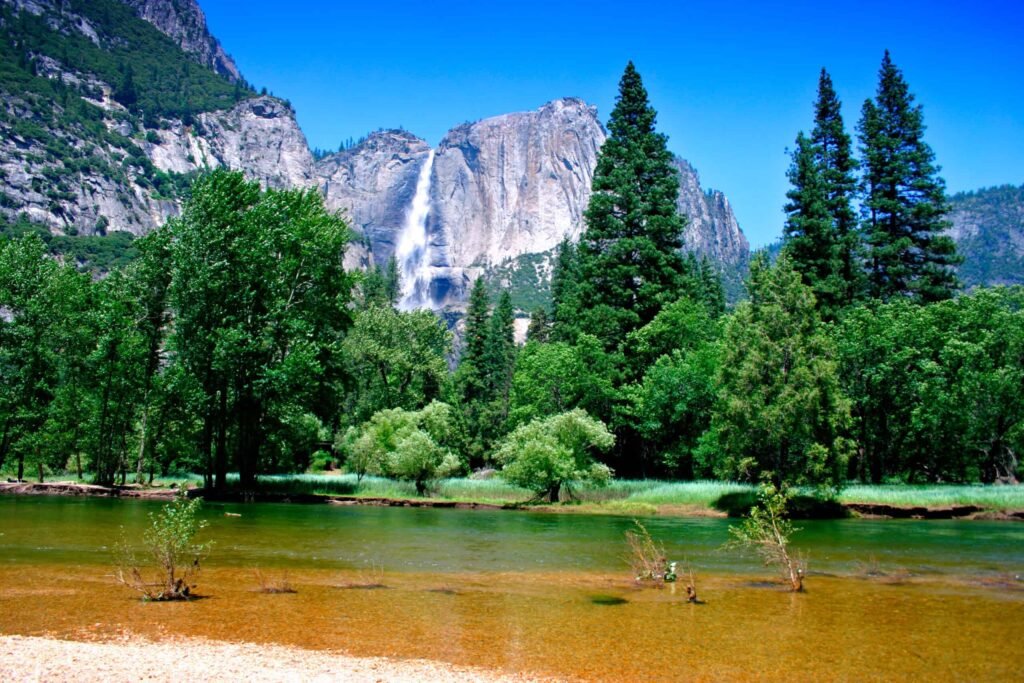California, the land of shimmering beaches, majestic mountains, and sprawling cities, is synonymous with opportunity and abundance. Yet beneath this veneer of prosperity lies a persistent and growing challenge—water scarcity. For decades, California has grappled with cyclical droughts, but today’s crisis is exacerbated by climate change, burgeoning populations, and complex water management issues. This article delves into the future of water in California and examines whether the state can overcome its drought dilemma.
Understanding California’s Water Crisis

California’s water scarcity is not a new issue, but its intensity has increased in recent years. The state relies heavily on its snowpack for water, accounting for over 30% of its water supply. However, with rising temperatures, the snowpack is diminishing, leaving reservoirs depleted. Additionally, the intricate network of aqueducts and pipelines that transport water highlights the North-South divide—where the north has more water resources while the south has higher demand.
The Impact of Climate Change

Climate change is one of the most significant factors driving California’s water crisis. Increasing temperatures not only reduce snowpack but also extend drought periods. With predictions of more volatile weather patterns, California faces the dual risk of prolonged droughts and intense storms that could overwhelm existing infrastructure. These changes necessitate urgent adaptation measures to safeguard water resources.
Population Growth and Urban Demand

California’s population has been steadily increasing, placing an incremental burden on its water resources. Urban areas, particularly in the south, require vast amounts of water to sustain daily living and economic activities. As cities expand, water use for landscaping, industrial purposes, and personal consumption continues to rise, further straining an already limited supply.
Agricultural Water Use

Agriculture is a cornerstone of California’s economy, yet it is also a voracious consumer of water, using approximately 80% of the state’s water supply. Major crops like almonds, rice, and cotton require significant irrigation. Efficient water management practices and advancements in agricultural technology are essential to reduce water use and ensure the sustainability of this vital sector.
Technological Innovations in Water Management

Emerging technologies offer promising solutions for California’s water crisis. Advances in desalination, wastewater recycling, and smart irrigation systems can help optimize water usage. Innovations such as precision agriculture and soil moisture sensors allow for real-time monitoring and efficient water distribution, reducing waste and enhancing conservation efforts.
Policy and Governance Challenges

Effective water management in California requires cohesive policy frameworks and governance models. However, the state’s water laws are often fragmented and outdated. Coordinated actions and reforms are needed to address regulatory hurdles and create equitable water distribution systems that cater to the demands of all sectors.
Water Conservation Initiatives

Public awareness and community engagement are critical for water conservation. Initiatives aimed at reducing household water usage, such as rebates for water-efficient appliances and incentives for xeriscaping, are crucial. Educating residents about water-saving practices is equally important in fostering a culture of conservation.
Investments in Infrastructure

Updating and expanding water infrastructure is vital for effectively managing California’s water resources. Investments in new reservoirs, aqueduct repairs, and modernized distribution networks can mitigate leakage and improve water delivery. Infrastructure development must be a priority to cushion the impacts of future water shortages.
The Role of Renewable Energy

Transitioning to renewable energy sources can indirectly benefit water management. Solar and wind energy demand far less water than conventional energy production, thereby conserving water for other uses. Expanding renewables in California’s energy mix can contribute to easing the demand for water resources.
The Importance of Ecological Balance

Addressing California’s water challenges involves more than just human needs. Ecosystems that depend on consistent water flows face severe threats. Preserving biodiversity and maintaining ecological balance is crucial. Conservation efforts must also focus on habitats, wetlands, and endangered species, ensuring that environmental needs are factored into water management strategies.
The Future of Collaborative Solutions

The complexity of California’s water crisis necessitates collaborative solutions involving stakeholders across government, industry, and communities. Cross-sector partnerships are essential for developing comprehensive strategies that tackle the root causes and provide sustainable solutions to water challenges.
Looking Forward: Achieving Water Security

The journey towards water security in California is challenging but achievable. By embracing innovative technologies, enacting robust policies, and fostering a culture of conservation, California can adapt to changing conditions and ensure a sustainable water future. As awareness grows and collective action strengthens, the state stands a better chance to turn its drought predicament into a precedent for smart water management worldwide.
In conclusion, while the path to solving California’s drought crisis is intricate and demanding, the confluence of technology, policy, and community involvement offers hope. With proactive measures and a commitment to sustainability, California can navigate its water woes and set a benchmark for other regions grappling with similar challenges. Ultimately, it is only through concerted efforts that California can secure its water future and thrive amidst adversities.




